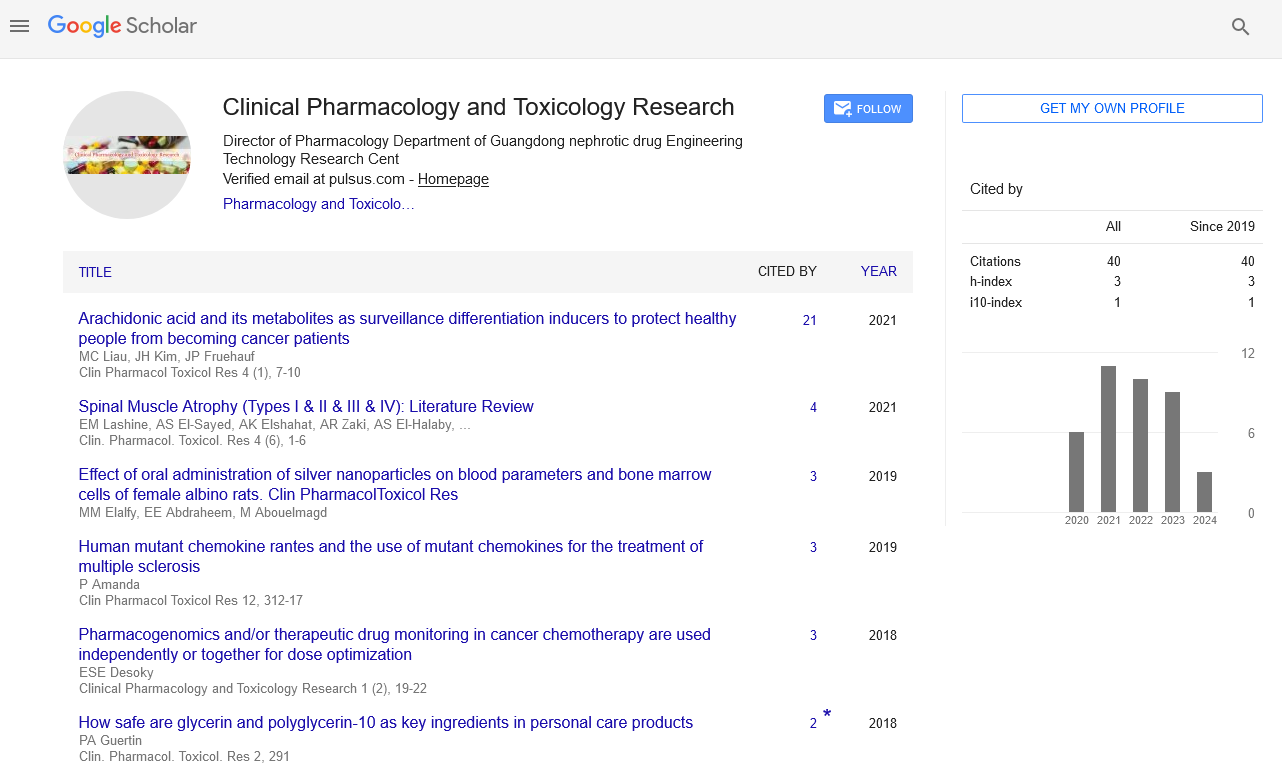
Sign up for email alert when new content gets added: Sign up
Abstract
Does add on therapy of Fenofibrate to Statins prevent the glycemic effect of statins and new-onset diabetes?
Author(s): Jameel Ahmed*
Cardiovascular disease (CVD) remains the leading cause of death worldwide as per the WHO, and it still confers a large economic burden on society. Multiple risk factors have been identified for developing coronary heart disease (CHD). The most understood and discussed risk factors among them are dyslipidemia and diabetes mellitus1. Lipid lowering therapies have been shown to lower the risk of CHD events by 30-40%2. Randomized statin trials have shown that a reduction in LDL-C by 80 mg/dl results in a decrease of coronary artery disease (CAD) by 42% and stroke by 20%. 3
Drugs that are generally used to treat dyslipidemia include fibric acid derivatives, ezetimibe and statins etc. The statins currently forming the mainstay of hypolipidemic drugs have proven mortality and morbidity benefit in both primary and secondary prevention of CHD 4,5 Diabetes is another risk factor commonly recognized as a “coronary heart disease risk equivalent” 6,7. Type 2 diabetes mellitus (T2DM) mostly results from the interaction among genetic, environmental and other risk factors but certain drugs (e.g. glucocorticoids, β-adrenergic agonists and thiazides etc.) may also precipitate diabetes in individuals with insulin resistance.8 On February 28, 2012, the Food and Drug Administration (FDA) added new safety label changes for using the statins because of their potential to increase HbA1c. Recently, an Intervention Trial Evaluating Rosuvastatin (JUPITER) a placebo controlled, primary prevention trial reported a 26% higher incidence of diabetes in the Rosuvastatin Group at1.9 years interim analysis. 9 WHI (Women's Health Initiative) study also suggested an increased risk of New Onset Diabetes Mellitus (NODM) with different statins.10 A metaanalysis of diabetics found that a 1%point increase in HbA1c level confers an 18% risk of CVD .11
worldwide as per the WHO, and it still confers a large economic burden on
society. Multiple risk factors have been identified for developing coronary
heart disease (CHD). The most understood and discussed risk factors
among them are dyslipidemia and diabetes mellitus1. Lipid lowering
therapies have been shown to lower the risk of CHD events by 30-40%2.
Randomized statin trials have shown that a reduction in LDL-C by 80
mg/dl results in a decrease of coronary artery disease (CAD) by 42% and
stroke by 20%. 3
Drugs that are generally used to treat dyslipidemia include fibric acid
derivatives, ezetimibe and statins etc. The statins currently forming the
mainstay of hypolipidemic drugs have proven mortality and morbidity
benefit in both primary and secondary prevention of CHD 4,5 Diabetes is
another risk factor commonly recognized as a “coronary heart disease risk
equivalent” 6,7. Type 2 diabetes mellitus (T2DM) mostly results from the
interaction among genetic, environmental and other risk factors but certain
drugs (e.g. glucocorticoids, β-adrenergic agonists and thiazides etc.) may also
precipitate diabetes in individuals with insulin resistance.8 On February 28,
2012, the Food and Drug Administration (FDA) added new safety label
changes for using the statins because of their potential to increase HbA1c.
Recently, an Intervention Trial Evaluating Rosuvastatin (JUPITER) a
placebo controlled, primary prevention trial reported a 26% higher
incidence of diabetes in the Rosuvastatin Group at1.9 years interim analysis.
9 WHI (Women's Health Initiative) study also suggested an increased risk of
New Onset Diabetes Mellitus (NODM) with different statins.10 A metaanalysis of diabetics found that a 1%point increase in HbA1c level confers
an 18% risk of CVD .11




